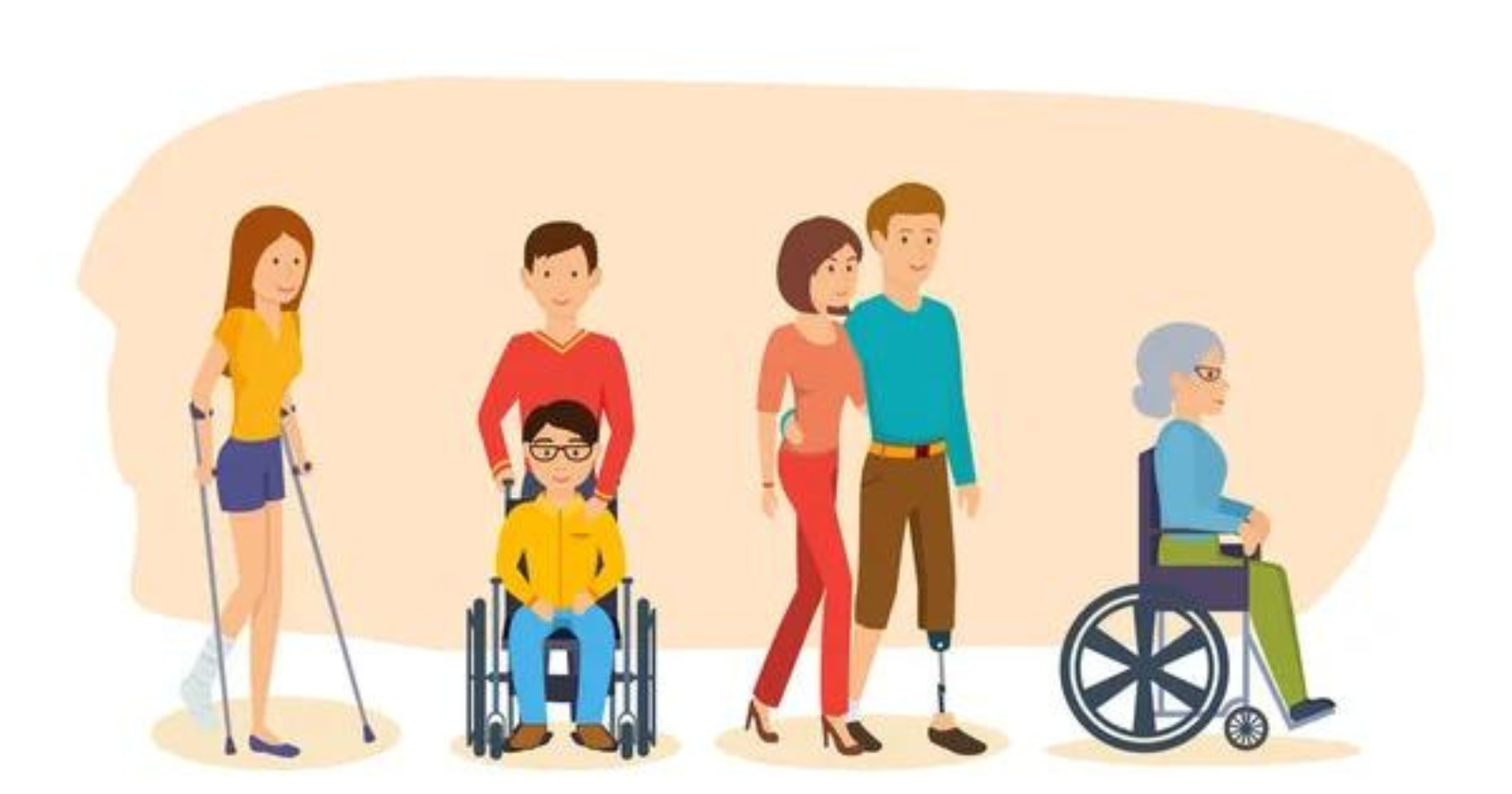In our daily lives, we often take for granted the ease with which we complete simple tasks, like turning a doorknob or picking up a glass of water. But for people with disabilities, these tasks can be challenging.
Luckily, assistive technology and adaptive devices are available to help individuals with disabilities overcome these challenges and live their lives with greater independence.
These devices range from mobility aids like wheelchairs and walkers to communication assistance tools like speech-generating devices and even adaptive technology for the visually and hearing impaired.
Understanding the needs of disabled individuals and the array of available devices is crucial in creating a more accessible and inclusive world. By raising awareness, we can help make a difference in the lives of millions of people who rely on these essential adaptive devices for everyday activities.
Essential Adaptive Devices for Disabled Individuals: Key Takeaways
- Assistive technology and adaptive devices play a crucial role in helping individuals with disabilities live independently.
- The wide range of available devices helps address different needs, such as mobility, communication, and sensory impairments.
- Researching and understanding these devices can contribute to building a more inclusive and accessible world for everyone.
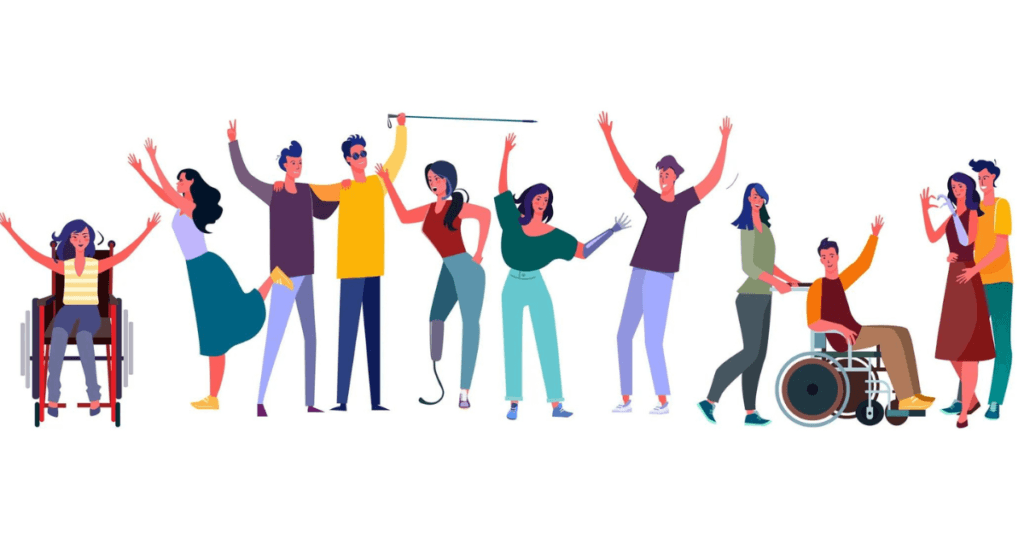
Understanding Disabilities
Types of Disabilities
In my experience, several different types of disabilities can affect people. Some common ones include physical disabilities, which could manifest as mobility impairments, spinal cord injuries, or loss of limbs.
There’s also autism, which is a neurological developmental disorder affecting communication and interaction. We must also consider sensory disabilities, such as blindness and deafness, which can significantly impact a person’s life.
Impact on Daily Living
Disability can indeed affect one’s quality of life, but I’ve noticed many ways in which assistive technology can help.
For instance, in the case of physical disabilities, mobility aids like wheelchairs and walkers can provide support and independence for the individual.
In my encounters with people with autism, I discovered that specialized educational software and therapeutic tools can make a big difference in learning and communication processes.
I’ve also observed some incredible advances in technology for visually impaired individuals, such as text-to-speech software, refreshable braille displays, and electronic magnifiers.
These tools have proven to be invaluable for the blind community.
Similarly, many devices can greatly improve the quality of life for people who are deaf or hard of hearing.
For example, my deaf friends have found great benefits from using hearing aids, assistive listening devices, and video relay services to improve communication and stay connected with others.
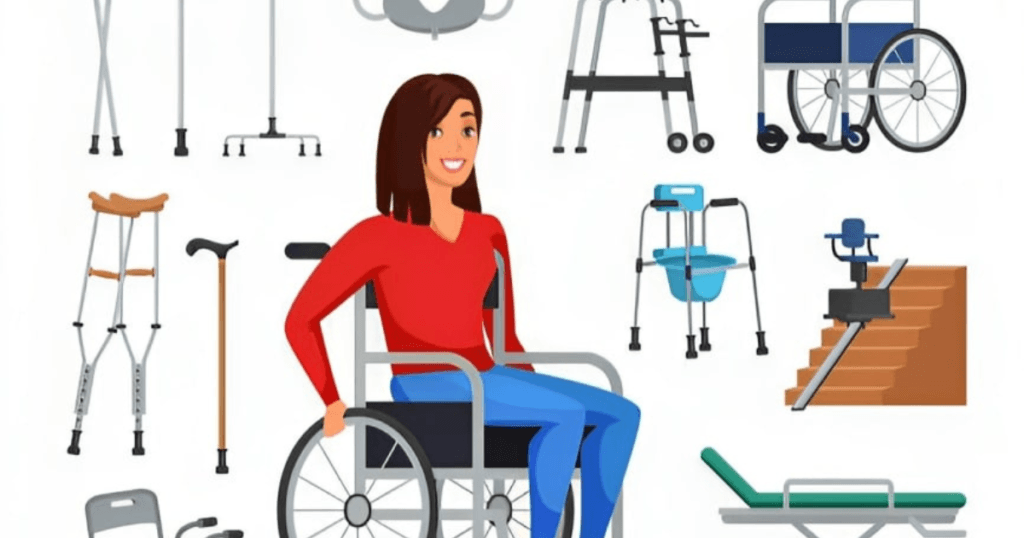
Mobility Aids
As someone who knows about the daily struggles of living with a disability, I’d like to share my thoughts on the essential adaptive devices – mobility aids. These devices have greatly assisted individuals just like me in overcoming mobility challenges and achieving independence.
Wheelchairs and Scooters
I can’t emphasize enough how wheelchairs and scooters have been real game-changers for many disabled individuals.
Manual wheelchairs provide a cost-effective solution and can be customized to fit specific needs. On the other hand, electric wheelchairs and mobility scooters offer even greater convenience and ease as they don’t require physical strength to operate.
The choice between these options depends on the user’s preferences and abilities:
- Manual Wheelchairs: Ideal for individuals with strong arms and good upper body strength.
- Electric Wheelchairs: Perfect for people who have limited strength but can operate a joystick-style controller.
- Mobility Scooters: Suitable for those with the ability to sit upright and steer.
Walkers and Canes
For those who need just a bit of extra support, walkers and canes are fantastic mobility aids.
They are particularly helpful for maintaining balance and catching our breath while on the move. The variety of options and models available cater to a wide range of individual needs.
Here’s an overview of different walkers and canes to consider:
- Standard Walkers: Great for stability and balance, especially on flat surfaces.
- Rolling Walkers: Equipped with wheels, offering smooth mobility and support.
- Canes: For additional stability, assist with balance, from simple single-point to quad canes.
Ramps and Grab Bars
Finally, I found that installing ramps and grab bars at key locations in my home made a world of difference.
They help navigate obstacles like stairs and provide a safer grip while moving around.
Some common types of ramps and grab bars include:
- Portable Ramps: Convenient for occasional use, adjustable length, suitable for thresholds or steps.
- Modular Ramps: Customizable and permanent solution for homes, made of durable materials like aluminum.
- Wall-Mounted Grab Bars: Installed near toilets, bathtubs, and showers to assist with balance and support.
- Floor-To-Ceiling Grab Bars: Offer support throughout your home, adjustable height to fit different room sizes.

Communication Assistance
Communication is vital when assisting disabled individuals. Various methods and devices can make communication easier and more efficient for people with disabilities.
This section examines some essential adaptive devices that facilitate communication for disabled individuals. It will focus on two main topics: AAC Devices and Speech-Generating Software.
AAC Devices
Augmentative and Alternative Communication (AAC) devices help people with speech and communication disorders express themselves.
These devices can range from simple picture boards to more sophisticated electronic systems.
I’ve found ALDs (Assistive Listening Devices) particularly helpful for those with hearing impairments.
ALDs can be used with hearing aids and cochlear implants to amplify certain sounds, making them easier to hear and understand.
Electronic AAC devices might be more suitable for those with limited mobility or speech difficulties.
These often come with customizable screens, text-to-speech capabilities, and symbol sets that make it easier to communicate thoughts and messages.
Some AAC devices are even compatible with smart home technology, allowing users to control their environment through voice commands or other input methods.
Speech Generating Software
Another valuable communication tool for disabled individuals is speech-generating software.
These programs typically use voice recognition technology to convert text into synthesized speech. A popular example is screen readers that can read aloud content displayed on a computer screen or smart device.
Speech-generating software is available on smartphones and tablets in addition to desktop applications, making communication accessible even when on the go.
Voice recognition programs are becoming increasingly accurate, allowing for faster and more efficient communication for individuals with speech impairments.

Adaptive Technology for the Visually Impaired
As someone who is passionate about technologies that enhance life quality, I’d love to highlight a few essential adaptive devices that make a significant difference for visually impaired individuals.
Screen Reading and Enlargement
I can’t imagine navigating the digital world without screen readers. They’ve become essential for many blind and visually impaired people, allowing them to access digital content via auditory feedback.
One of the most popular screen readers is JAWS, which provides speech and Braille output. It works with many applications and helps users read web content or documents.
While screen readers focus on conveying textual information through speech, screen enlargement applications, on the other hand, are designed to magnify onscreen content.
A fantastic example is ZoomText, which magnifies content and allows for contrast and color settings adjustments. It helps people with low vision navigate websites or read texts better.
Braille and Tactile Devices
Braille is ultimately the most effective way for blind individuals to access written content in a non-auditory format. That’s why Braille devices are super important – they provide refreshed Braille content for users to read through tactile input.
For instance, I recently came across the Orbit Reader 20, a refreshable Braille display.
Users can connect this device to computers, smartphones, or tablets, and the device translates the onscreen text into Braille. It’s a groundbreaking tool that allows blind users to interact with digital content as easily as everyone else.
Other tactile devices, like tactile graphic displays, provide blind users with real-time access to graphs and charts.
They use an array of pins to create raised shapes and designs, enabling users to understand visual data through touch.
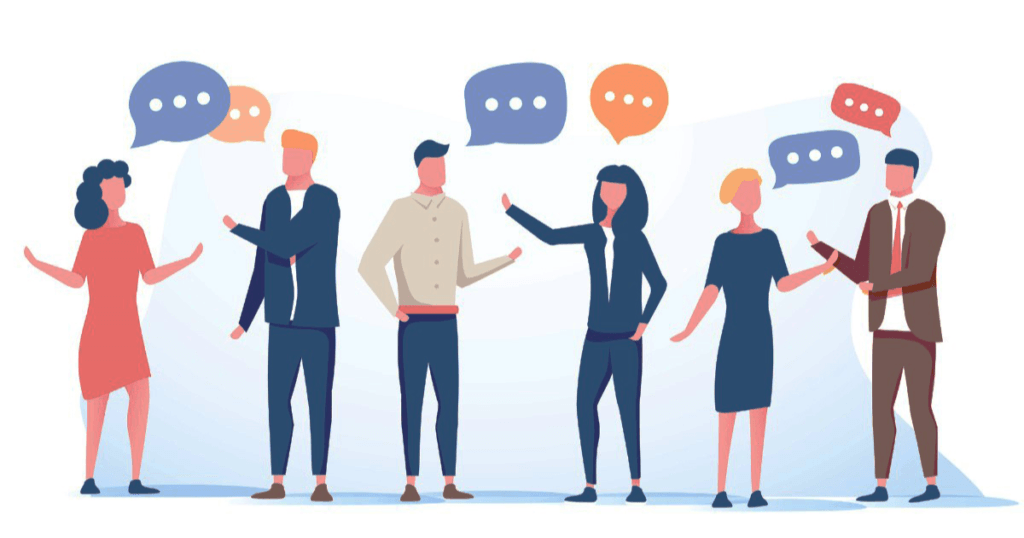
Hearing Impairment Solutions
Hearing Aids and Cochlear Implants
When it comes to hearing impairment solutions, I’ve found that hearing aids and cochlear implants are two of the most effective options for many people.
Hearing aids come in various types, such as behind-the-ear (BTE), in-the-ear (ITE), and completely-in-the-canal (CIC) styles1. They amplify sound, and digital options offer features like noise reduction.
Meanwhile, cochlear implants are surgically implanted devices that help people with severe to profound hearing loss by converting sound waves into electrical signals2.
Each solution tackles hearing impairment differently, giving us multiple options to explore.
Closed Captioning and Visual Alerts
I find closed captioning and visual alerts helpful for my hearing impairment. Closed captioning provides text descriptions of spoken words and sounds in real time. It’s available on most video platforms, from TV shows to online streaming services like Netflix and YouTube.
Visual alerts are also incredibly helpful. They use light and vibration cues to notify us about important information. For instance, some smart home technology integrates visual alerts for doorbells, alarms, and phone calls. Seeing and feeling these notifications, rather than just relying on sound, makes a world of difference for anyone with hearing impairment.
Footnotes
- 7 Types of Assistive Listening Devices for Hearing Support ↩
- Assistive Devices for People with Hearing or Speech Disorders – NIDCD ↩
- Closed Captioning and Subtitling Services – Rev ↩

Daily Living Aids
Eating and Cooking Assistance
One of the most significant aspects of daily life is being able to eat properly and comfortably. If you’re like me and have limited mobility, I’ve discovered some helpful items, like adaptive utensils, that can make a big difference.
For example, I found these adaptive utensils, which are designed to make holding and using utensils easier. They have features like enlarged handles, bends, or swivels.
Jar openers and non-slip mats are some of the items I’ve incorporated into my daily routine when it comes to cooking. These handy tools assist me in navigating the kitchen effortlessly, helping me maintain my independence. Give them a try if you haven’t already.
Dressing and Personal Care
Another important aspect of daily life is dressing and maintaining personal hygiene. It can be quite a struggle to navigate zippers and buttons or reach every inch of your body. Fortunately, adaptive devices focus specifically on dressing and personal care for people with disabilities.
For example, dressing sticks are an excellent help. They assist me in putting on or taking off clothes without stretching or straining too much. Also, sock aids have made my life way easier by helping me put on socks without contorting my body into uncomfortable positions.
Other items I found helpful include long-handled brushes and extended shoe horns for personal hygiene and daily dressing assistance. These adaptive devices have significantly improved my daily life, and the best part is they’re quite easy to find, both online and in stores.
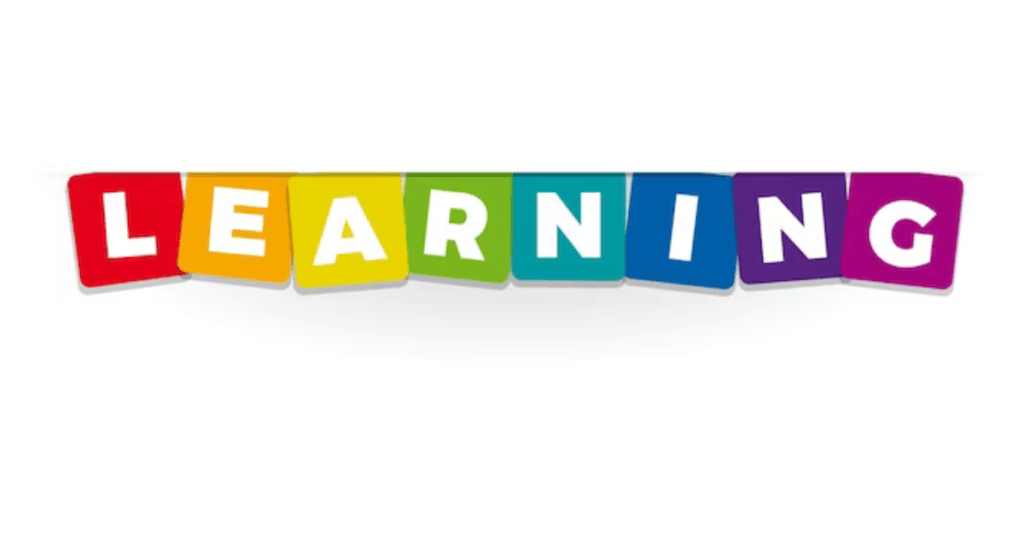
Educational and Occupational Accommodations
Learning Aids
Having the right tools is crucial for individuals with disabilities when it comes to education and learning. I’ve found several adaptive devices specifically designed to improve accessibility in educational settings.
For example, automatic page-turners are handy for those who have difficulty turning pages due to physical limitations. These devices not only make it easier to read physical books, but they also encourage independence in learning.
Bookholders are another essential accessory that can make a world of difference for disabled students. These holders support the book at a comfortable angle, reducing the strain on the hands, wrists, and neck. Some bookholders even come with adjustable features, allowing individuals to customize the angle and height to their preferences.
In addition to these devices, there are many other learning aids, such as:
- Text-to-speech software for individuals with visual impairments or dyslexia
- Braille displays that transform digital text into tactile Braille characters
- Modified keyboards and input devices that cater to specific needs
Workplace Modifications
Just like in educational settings, accessibility is crucial for disabled individuals in the workplace. Employers can implement several modifications to create a more inclusive work environment.
For starters, ensuring that the physical layout of the workspace is accessible to everyone is essential. This may include:
- Installing ramps for wheelchair users
- Providing adjustable desk heights
- Ensuring doorways are wide enough to accommodate wheelchairs
Ergonomic office furniture can also significantly improve the comfort and productivity of employees with disabilities. Investing in adjustable chairs, wrist rests, and footstools can go a long way toward creating an ergonomic workspace.
In addition to these physical modifications, accessibility in the digital work environment is essential. For example, adopting software and tools that have built-in accessibility features or are compatible with screen readers, alternative input devices, and other assistive technology can make it easier for employees with disabilities to work efficiently and comfortably.
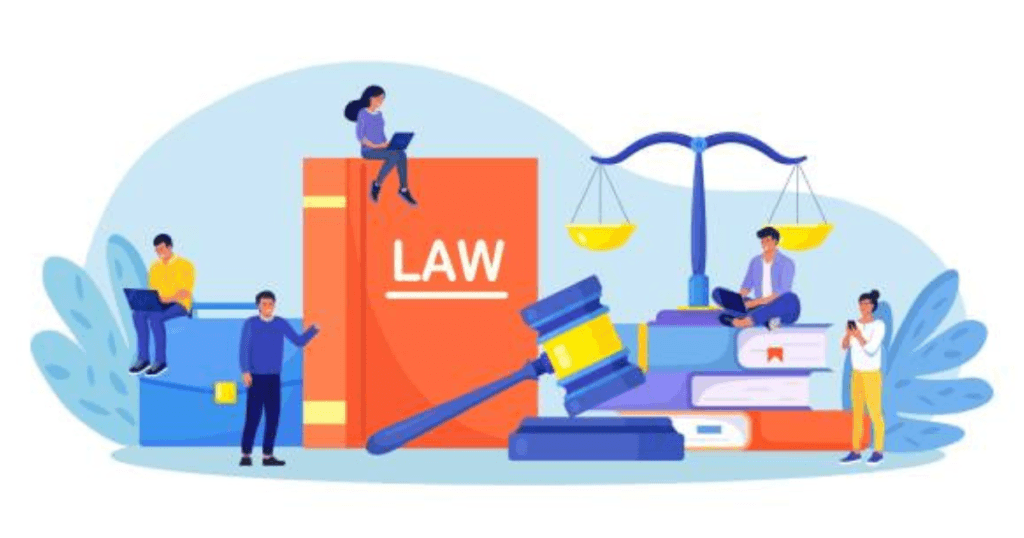
Financial and Legal Support
Medicare and Medicaid
As someone with a disability, I’m glad to know there are financial and legal support programs available to help me. For instance, Medicare and Medicaid are two essential programs for people with disabilities.
Medicare is a federal program that provides health coverage for individuals 65 or older and younger people with certain disabilities. On the other hand, Medicaid is a state and federal program that provides health coverage for low-income individuals, including those with disabilities.
They can help cover the cost of adaptive devices and ensure that disabled individuals have access to necessary services and equipment. To learn more about these programs, visit the Medicare and Medicaid websites.
Veteran Assistance
As a disabled person, I find it important to share information with fellow disabled veterans regarding available resources for adaptive devices. The U.S. Department of Veterans Affairs (VA) is crucial in assisting disabled veterans.
They offer various programs to assist with the acquisition of adaptive devices, such as mobility aids and home modifications. I value this support, as it can ultimately lead to improved independence and quality of life. To explore the available benefits and learn how to apply, Check out the VA’s website.
Here are some key examples of financial and legal support for people with disabilities:
- Medicare offers coverage for individuals with disabilities who meet eligibility requirements.
- Medicaid provides health coverage for low-income individuals, including those with disabilities.
- The VA supports disabled veterans with programs for acquiring adaptive devices and housing modifications.
These resources provide substantial support for disabled individuals like me in obtaining essential adaptive devices, ultimately leading to a more independent and fulfilling life.
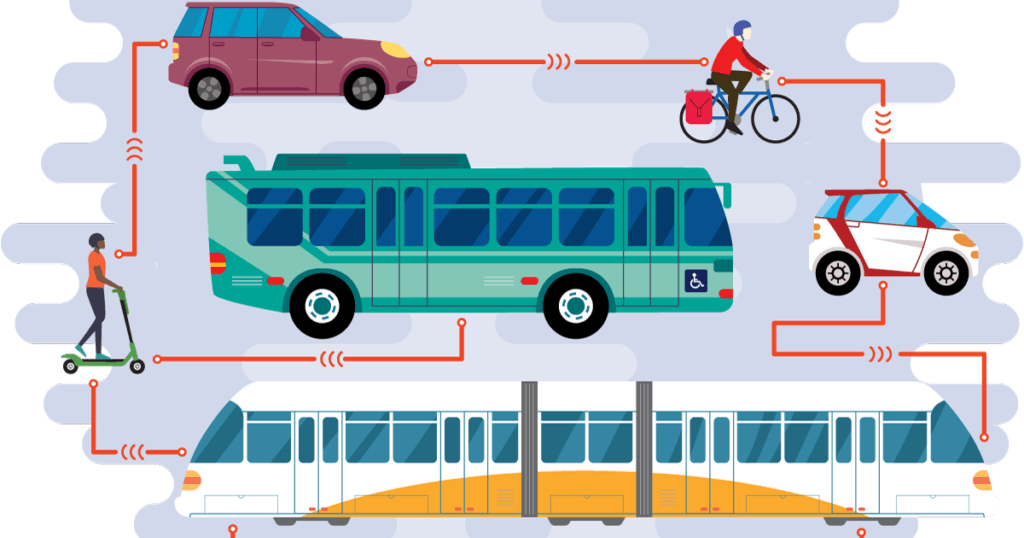
As someone who has firsthand experience with disabilities, I know how important it is to have access to reliable transportation and navigation options. In this section, I’ll focus on some essential adaptive devices that can make daily commutes a little easier for disabled individuals like myself.
Being able to move around freely is crucial for everyone, and that’s where mobility devices come in handy. I’ve found that wheelchairs and scooters can be a lifesavers for those with physical disabilities. Additionally, walking aids like canes, crutches, and walkers can provide much-needed support.
Now, let’s discuss something that I consider a game-changer: accessible transportation. Public transportation options, like buses and trains, have made significant strides in becoming more accessible for people with disabilities.
For instance, I’ve seen buses equipped with ramps, lifts, and designated seating areas to accommodate individuals with mobility devices, making it smoother for me and others to use public transit.
In terms of navigation, I’ve fallen in love with smartphone apps that help me find the nearest accessible routes or public transportation stops. These apps can also give real-time updates on schedule changes and disruptions in service, so I’m always in the know.
- Google Maps: It comes with voice-guided navigation and wheelchair-accessible route options.
- Moovit: Offers public transit information tailored specifically for individuals with disabilities.
- Wheelmap: Displays the accessibility status of various public places, such as restaurants, parks, and train stations.
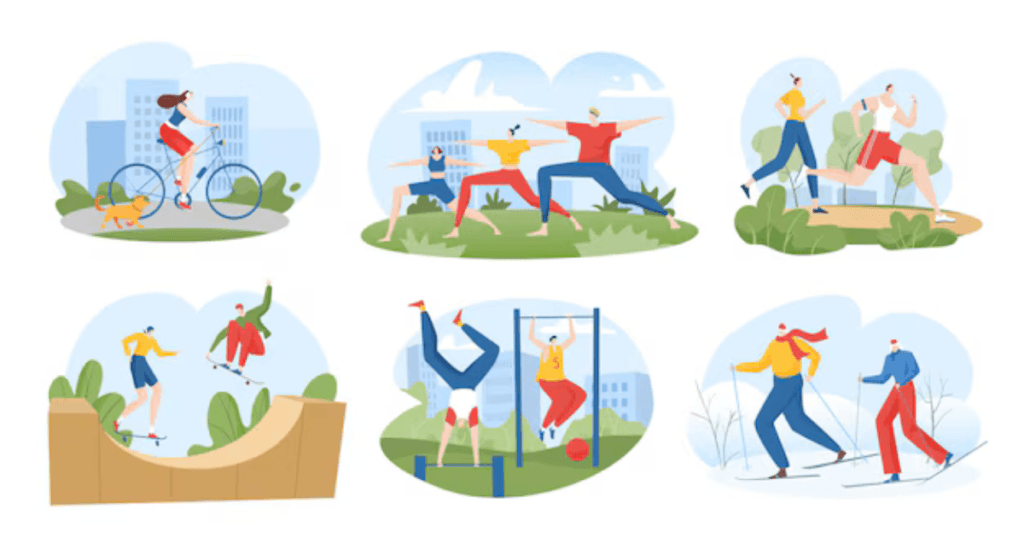
Recreational Activities and Sports
Adaptive Sports Equipment
As someone who enjoys staying active, I’ve come across various adaptive sports equipment that allows individuals with disabilities to participate and excel in different sports.
For example, adaptive treadmills come with adjustable handrails, padded surfaces, and emergency-stopping systems, making it easier for users to exercise safely.
When it comes to rowing, customized rowing machines are designed to immerse athletes in the spirit of teamwork and camaraderie during regattas, regardless of their physical limitations. There’s also a vast array of equipment for various sports, like adaptive harnesses and pulley systems for climbing and assistive brake devices that can help users maintain control while participating.
Recreation for All Abilities
Accessible sports facilities and recreational activities can significantly improve one’s quality of life. As I learned from Harvard Health, adaptive sports are tailored to support each individual’s specific physical abilities, ultimately promoting physical and mental well-being.
Many sports and recreational activities have been modified to accommodate different needs. For instance, low-impact options like adaptive yoga and modified outdoor activities like fishing or hiking cater to various abilities. The key is to stay active and find something that suits your interests to maintain a healthy lifestyle and promote a sense of achievement.
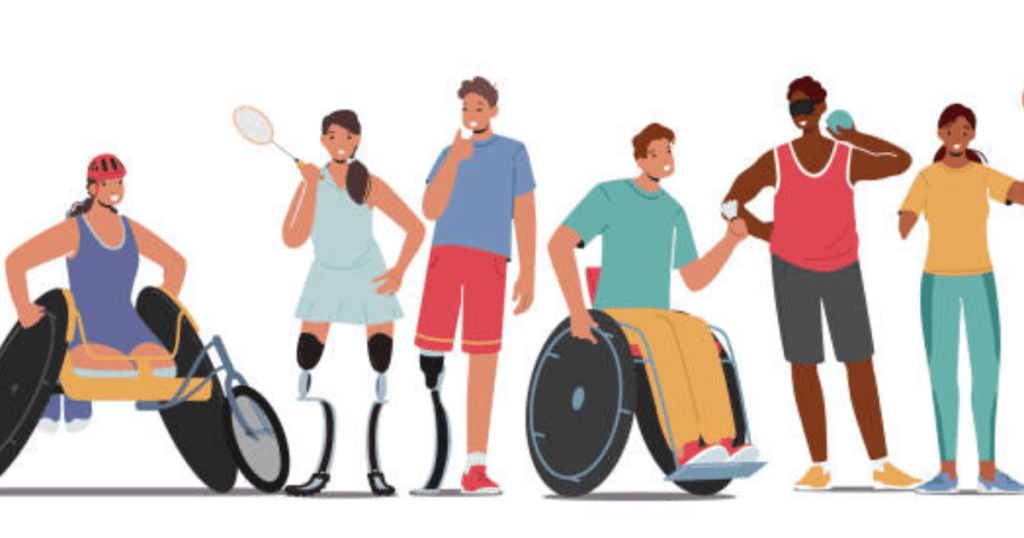
Conclusion
In this article, I highlighted some essential adaptive devices that can greatly improve the lives of disabled individuals. Assistive technology can give people with disabilities more independence and a better quality of life.
Many adaptive devices cater to different disability categories. For instance, mobility aids like wheelchairs, walkers, and scooters help those with physical disabilities lead more active lives. Additionally, hearing aids and other communication devices are instrumental in bridging the gap for individuals with hearing impairments.
I was amazed by the range of innovative technologies currently being developed. These advancements showcase the potential of assistive technology to continually evolve and meet the diverse and changing needs of disabled individuals.
In closing, I am grateful to the dedicated professionals and researchers who have worked tirelessly to create these valuable adaptive devices. Their contributions are making a positive and lasting impact on the lives of countless disabled people, empowering them to live more independently and fully experience the world around them.
Frequently Asked Questions
What gadgets do people with disabilities use to make life easier?
Numerous gadgets are available to make life easier for people with disabilities. Some of these gadgets include adaptive mobility devices, such as wheelchairs and walkers, communication devices for those with speech impairments, and software for individuals with visual or hearing impairments.
How do adaptive devices assist with mobility issues?
Adaptive devices for mobility issues aim to help individuals with physical disabilities live more active lives. These devices can include walkers, wheelchairs, canes, crutches, braces, and mobility scooters. They provide support, stability, and increased independence for those who struggle with mobility.
Up Next
- 5 Best Adjustable Threshold Ramps
- Top 3 Aluminum Threshold Ramps
- Medline Lightweight Wheelchair Pro Review
